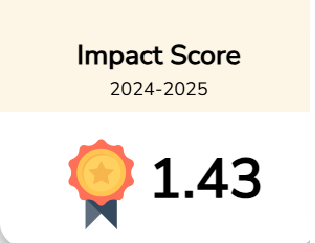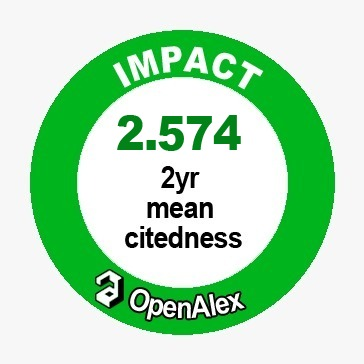Detection of Vitamin A and D in Various Cooking Oils Available in the Market
Downloads
Vitamin A and D deficiencies are very much widespread in Pakistan. The National Nutrition Survey of 2018 revealed very high rates of these deficiencies. 46% of the pregnant women were deficient in vitamin A and 69% in vitamin D. The problem repeats itself in children under 5, about 54% of children were deficient in vitamin A and 40% were deficient in vitamin D. Vitamin A deficiency creates complications with the vision and enhances infections by reducing immunity in adults. Despite getting enough sunlight for most of the year, vitamin D deficiency is also very high and it affects the bone tissues and impairs the proper functioning of bones leading to bone fractures and rickets. To control these deficiencies proper interventions like food fortification is required. Vegetable cooking oils are consumed at large in Pakistan and are used in almost all food preparations. The present study attempts to evaluate the various cooking oils available in the markets of Lahore for their vitamin A and D content. AOAC official methods were used for the detection and quantification of vitamins in the oil samples. The antimony trichloride method was used to detect the presence of vitamin A and D. HPLC was used to quantify the values of vitamin A and D in 14 cooking oil samples. The results showed that 70% of the edible oil samples were fortified with vitamin A and D but only 28% of them meet the nationally prescribed standards. While 30% of samples were not fortified with vitamin A and D.





